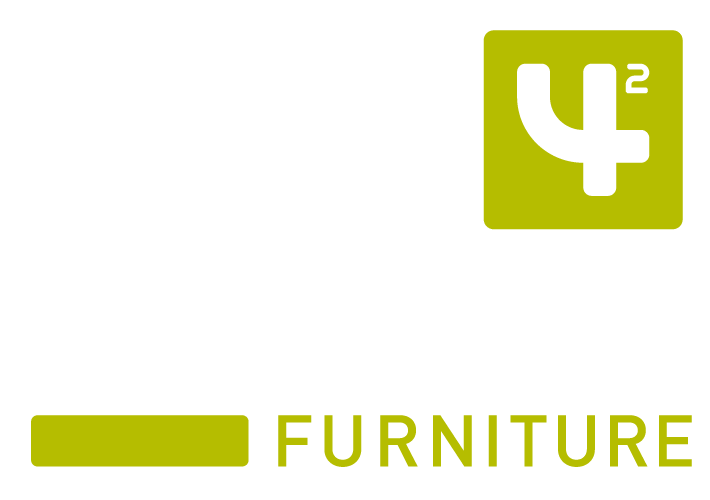Acoustics
The acoustics in science labs are generally very poor due to lots of hard reflecting surfaces and additional noise from equipment such as extraction. The maximum acceptable background noise level in a science lab is the same as in any other teaching room, i.e. about 40 DB.
To help absorb excessive background noise you can install acoustic felt panels to the walls and ceilings. Rather than reflecting or diffusing sound, acoustic felt panels absorb the sound like a sponge absorbs water.
Acoustic felt panels can also add exciting visual appeal to a room. They are durable, resistant to staining and easily cleaned which also makes them a practical solution for science labs.

